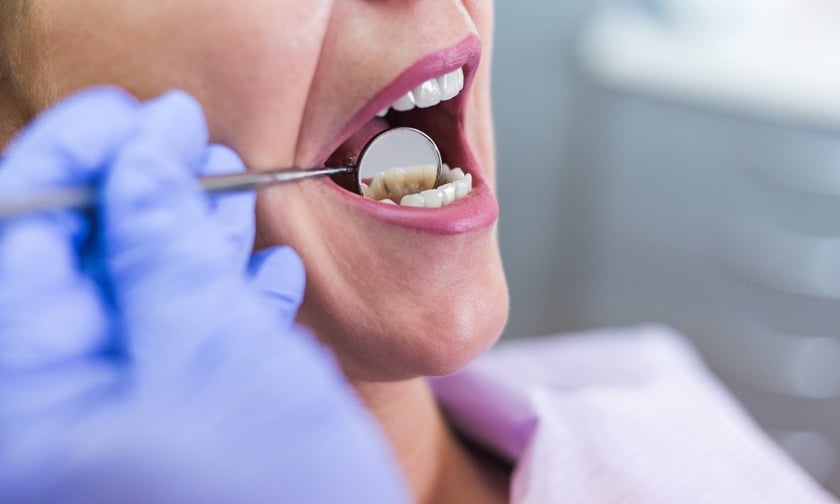

A recent study conducted by researchers from the Centre for Direct Health Measures at Statistics Canada sheds light on the significant impact of dental insurance on oral health care access and utilization among Canadians.
The study, based on data from the 2022 Canadian Community Health Survey, reveals insights into the association between dental insurance coverage, income levels, and sociodemographic factors concerning oral health care.
The retrospective study focused on Canadians aged 18 to 64 years, employing multivariable logistic regression analysis to assess the relationship between dental insurance status and various aspects of oral health care, such as the frequency of dental visits and avoidance of dental care due to cost.
According to the findings, approximately 65.7% of Canadians reported visiting a dental professional in the previous year. Among these, 74.6% had private insurance, 62.8% had public insurance, while only 49.8% were uninsured.
The study revealed a substantial discrepancy in dental care utilization based on insurance status, with significantly higher rates observed among those with insurance coverage.
Cost-related avoidance of dental care emerged as a concerning issue, affecting 16.0% of privately insured individuals, 20.9% of publicly insured individuals, and a staggering 47.4% of the uninsured population. However, after adjusting for relevant factors, the analysis demonstrated a clear association between dental insurance coverage and improved access to oral health care services.
Individuals with private insurance were found to be 2.54 times more likely to have visited a dental professional in the past year, while those with public insurance showed a 2.17-fold increase in likelihood compared to their uninsured counterparts. Moreover, both privately and publicly insured individuals exhibited significantly lower odds of avoiding dental visits due to cost compared to those without insurance.
These findings have profound implications, especially in the context of ongoing discussions surrounding the Canadian Dental Care Plan (CDCP).
Lead author Mohammad Moharrami, along with collaborators Yujiro Sano, Xuefeng Hu, Janine Clarke, Scott McLeish, Yannick Fortin, and Kellie Murphy, emphasizes the importance of addressing oral health care disparities and monitoring the effectiveness of future policy interventions, such as the CDCP, in mitigating these disparities.
“The analyses identified private and public dental insurance as crucial predictors of oral healthcare access and utilization,” the report noted. “Even when accounting for income and sociodemographic variables, the association remained, suggesting that having dental insurance alone may lead to improved access and utilization.”
What do you think about this story? Share your thoughts in the comments below.
